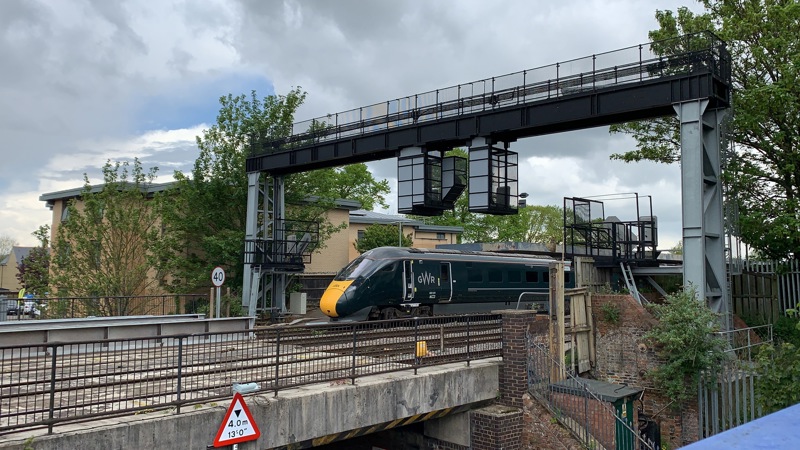
Oxfordshire politicians are seeking to relaunch the case for electrifying the Great Western route between Didcot Parkway and Oxford.

Oxfordshire politicians are seeking to relaunch the case for electrifying the Great Western route between Didcot Parkway and Oxford.
Spiralling costs had led to the project being abandoned, but in late January train operators, politicians and those responsible for rail infrastructure met at a conference organised by Oxfordshire County Council.
“A lot of the infrastructure went in and is sitting by the side of the track, totally unused. We want to get that electrification finished,” said Judy Roberts, development portfolio holder with the council.
Petrol and diesel vehicles have already been banned from parts of Oxford, and extending rail electrification is seen as vital to ambitions of removing lorries from roads such as the A34.
The argument was also made for extending electrification eastwards along the partially completed East West Rail (EWR).
“If we could get electrification through to Bletchley [where East West Rail intersects the West Coast Main Line], that would be a really important part of the connectivity for freight and passengers,” added Roberts.
Great Western Railway Managing Director Mark Hopwood said he did not see electrification to Oxford “in the near future”, but added that it remained a clear ambition, telling delegates that he wanted clarity from ministers on their plans.
“We’ve been talking about my fleet of diesel trains and how they’re approaching the end of their life,” he explained.
“Ideally, I’d like to replace them with a decarbonised solution of electric/battery bi-mode trains. But if we don’t get investment in electrification, I’ll have to buy new diesel trains.
“At the moment, I just face uncertainty in that respect. Having a plan, having clarity, would be really important and everyone would benefit.”
Network Rail research has demonstrated that bringing electrification to Oxford would enable bi-mode trains to run on to Banbury under battery power.
Discontinuous electrification is also the current preferred option for EWR. At present, the line has been built with passive provision for electrification, but without any wires in place.
“Everybody keeps talking about discontinuous electrification. But we have to identify the areas where it’s right to have continuous electrification,” said Roberts.
By Joe Campbell
Login to continue reading
Or register with RAIL to keep up-to-date with the latest news, insight and opinion.


















Login to comment
Comments
No comments have been made yet.